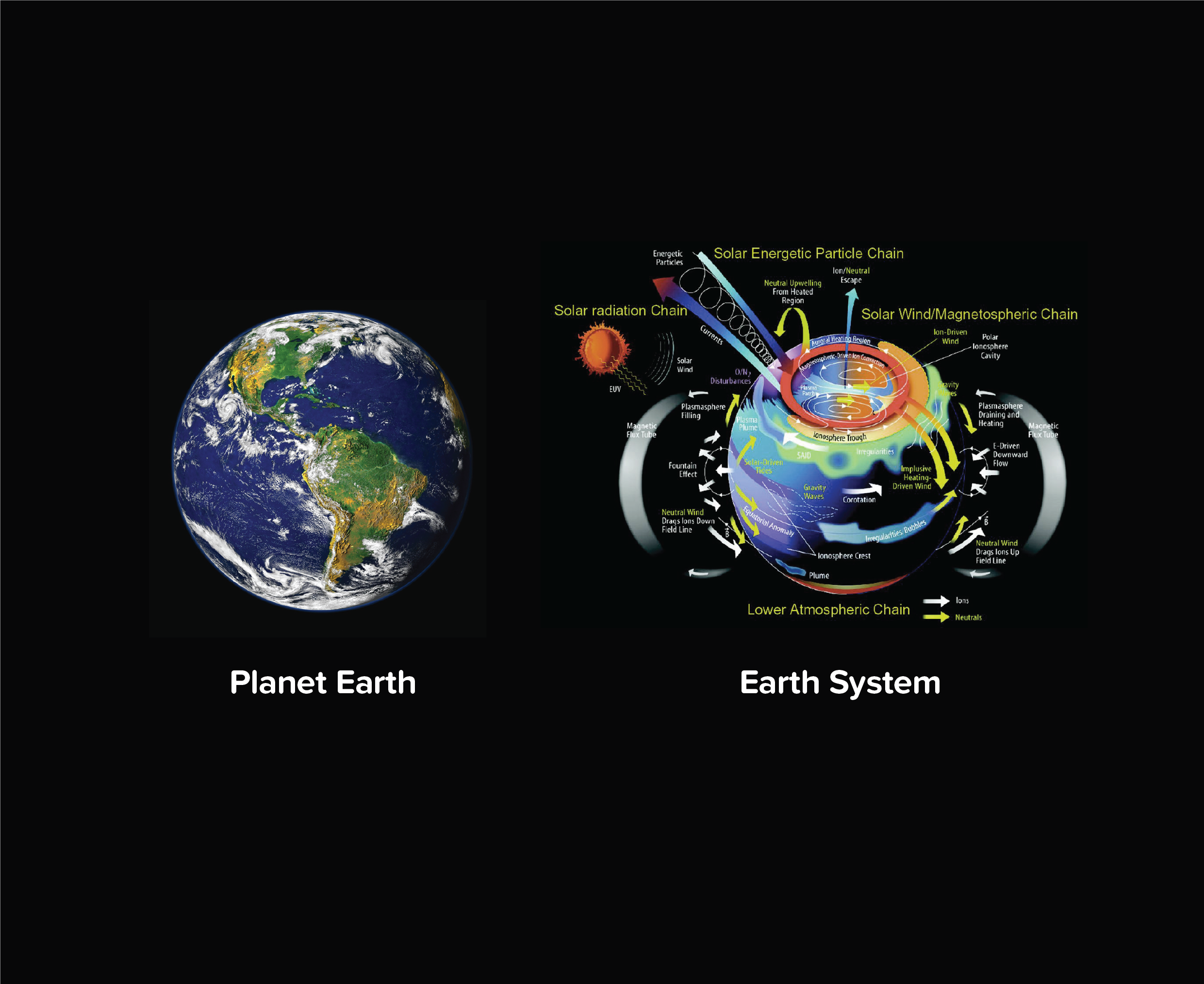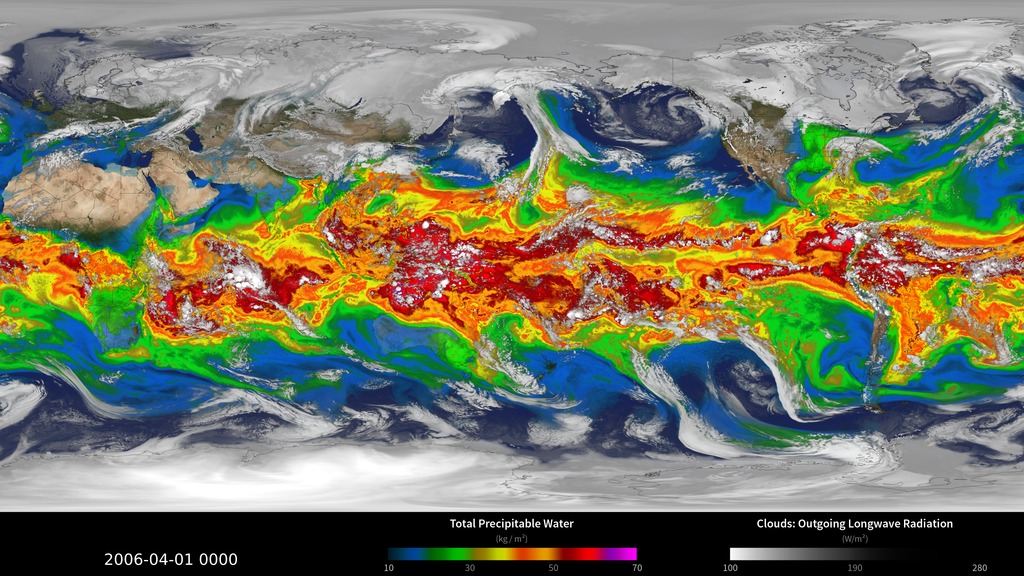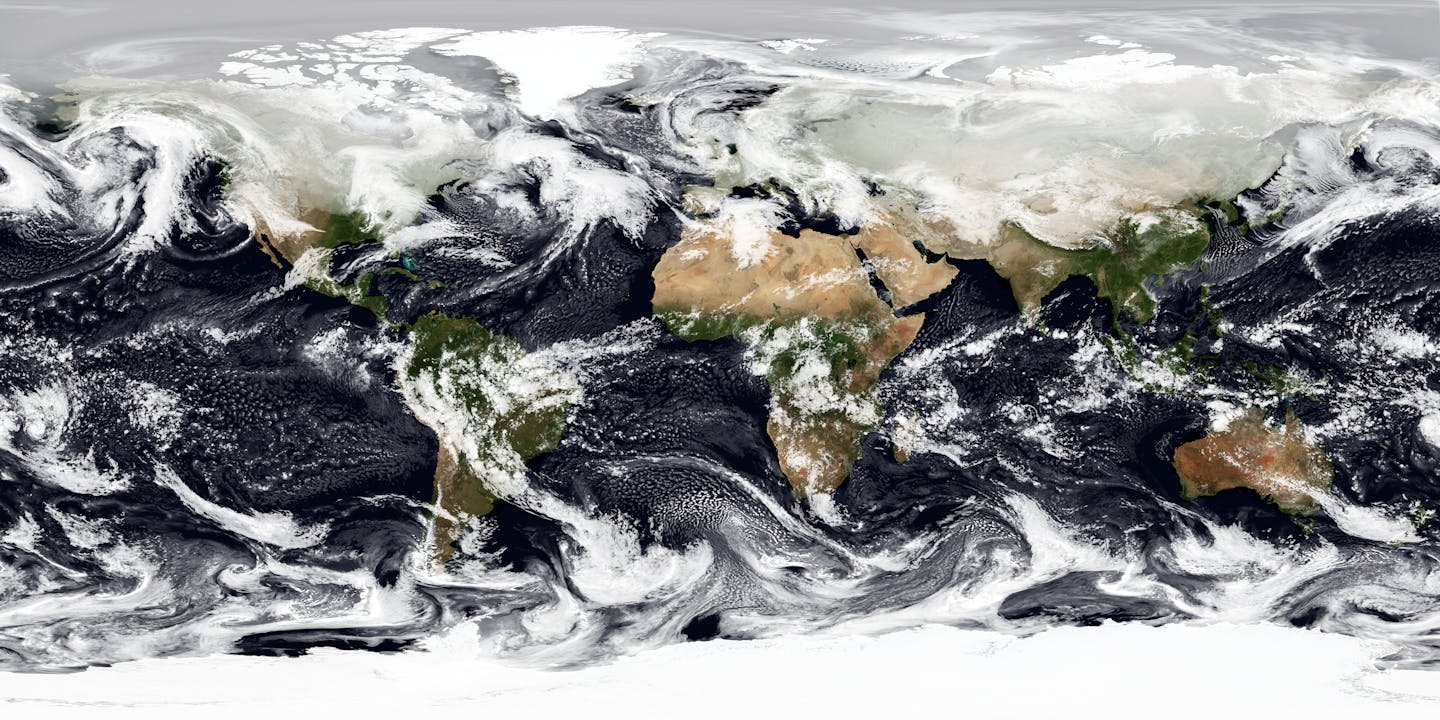Why we need a legal framework that recognizes a stable climate
When, in the 1980s, climate change entered into the UN agenda, one of the first questions raised was: "What is the climate from a legal point of view?" After the Maltese proposal of 1988 to recognize “Climate as Common Heritage of Humankind,” the option was to consider climate change as a common concern of humankind.
A stable climate is a visible manifestation of a well-functioning Earth System. Climate as an intangible natural resource, which spans across and beyond the national territories of States challenges the very foundations of International Law, because it is subversive to any kind of territorial division, even in a legally abstract way. Answering to this paradigm challenge, by organizing the relations of interdependence that emerge from the shared use of a unique and highly interconnected Earth System at a global scale, is certainly the biggest challenge humanity faces in order to rescue our common future from the abyss of environmental and climate catastrophe.

The Territorial Planet and the Earth System - Earth System Science represents a significant paradigm shift because it creates a new way of thinking about the Earth. Paulo Magalhães.
Almost 30 years after climate change has been considered as a common concern of humankind - and even though it remains the legal framework adopted by the Paris Agreement - there is still no official legal definition of what the implications of this approach are. A common concern is a vague political formula that does not legally recognize the existence of the Global Public Good Stable Climate, as was the case if the Maltese proposal in the 1980s was accepted.
Unfortunately, the decision was made to address climate change through mitigation commitments between States, rather than recognizing the existence of a common good without borders. Without this legal definition, we are left with only a damage-containment and burden-sharing approach, working in a negative-sum game in which the total of the “resource stable climate” always decreases.
Because the Global Public Good is not legally recognized, the production of benefits that contribute to maintaining a stable climate, disappear from a legal standpoint and consequently are also invisible for the economy.
Currently there are no economic mechanisms designed to pay for negative emissions, so the impacts (not only CO2 removals) that contribute to the maintenance or restoration of a stable climate are not directly visible to the GDP of nations, staying at the margin of any decision making of governments. The mitigation-between-states approach makes it technically impossible to produce the needed positive contributions for the recovery of a stable climate.

The pattern of stable and predictable dynamics of the Earth System that corresponds to a stable climate – Clouds Coloridas. NASA/Goddard Space Flight Center Scientific Visualization Studio.
Nowadays we have the needed scientific knowledge to define a well-functioning Earth System as an Intangible Common Heritage of Humankind, and therefore to provide the legal support necessary for a congruent system between the rules of appropriation (negative externalities) and provision of the Global Public Good (positive externalities) within which to develop global public policies.
In summary, there has been a systematic omission of the most basic requirement that makes any human enterprise possible: an appropriate legal framework. After 25 Conferences of the Parties - it is of utmost importance to reopen this discussion.
In fact, legally recognizing the Earth System will surely be one innovation that will provide the ability to accurately portray the facts of a highly interconnect natural world. Like a shift in an initial condition of a system, this paradigm shift can trigger positive cascade effects across all international socio-economic organization.
Einstein would argue that you can’t continuously repeat the same actions and expect different results. Without addressing this hidden problem of a non-recognized Global Common, we will continue to ignore an existential reality as we have done these past 30 years. Whether we like it or not, our only obstacles are still our long-held beliefs.



